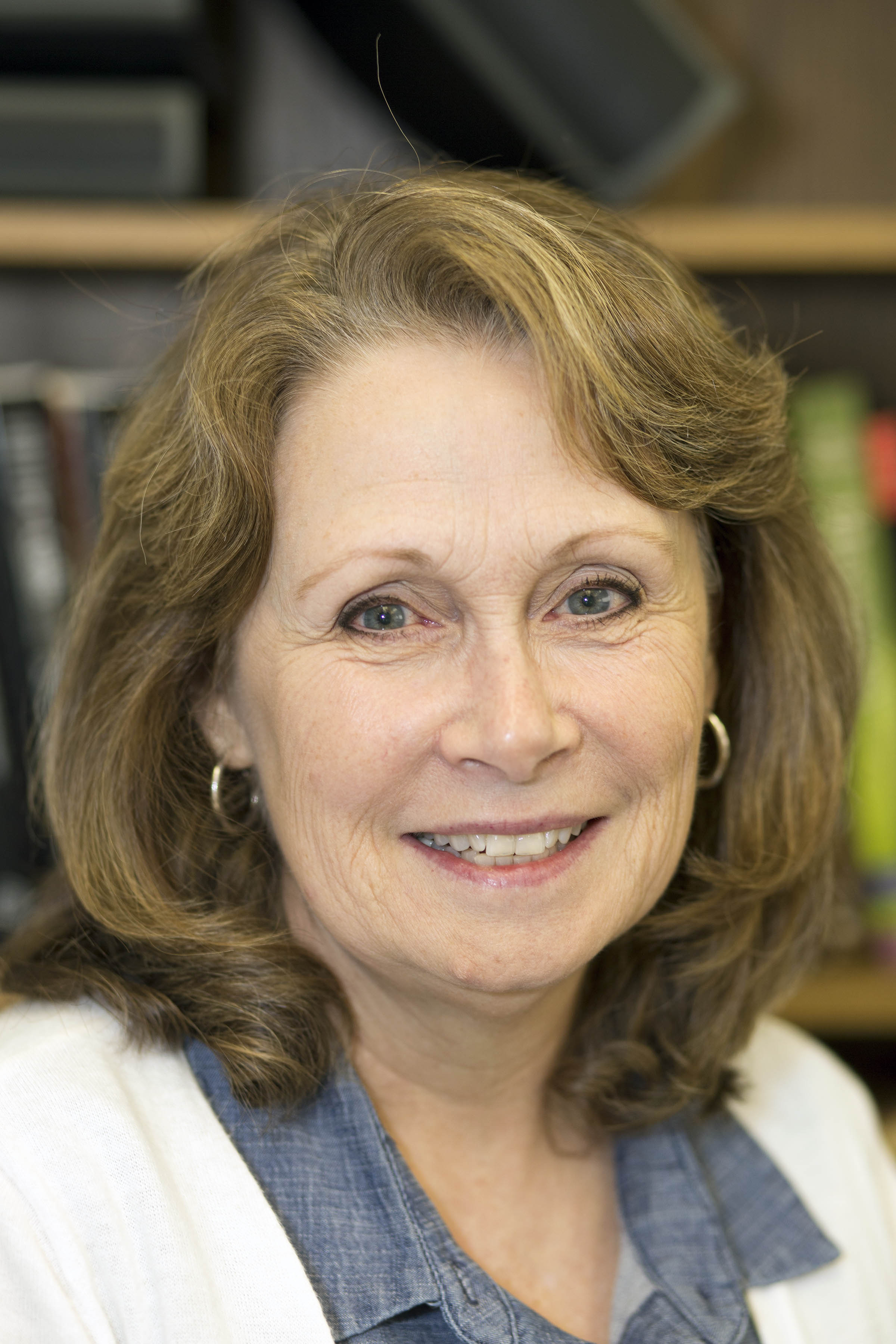 Susan Bellis, Ph.D.In science, collaboration is about sharing information, resources, and ideas. The partnership allows faculty to combine their knowledge and resources to form new ideas that might not have been possible by working alone, which leads to better results for everyone involved.
Susan Bellis, Ph.D.In science, collaboration is about sharing information, resources, and ideas. The partnership allows faculty to combine their knowledge and resources to form new ideas that might not have been possible by working alone, which leads to better results for everyone involved.
Several groups across the Heersink School of Medicine come together regularly to promote team science in their respective areas of expertise. The Office of Research for the Heersink School of Medicine highlights the work of these groups in its Team Action for Scientific Solutions (TASS) series.
In the intricate landscape of cellular biology, a group of dedicated Heersink investigators is unraveling the mysteries of protein glycosylation, particularly focusing on the enigmatic world of sialylation. Led by Susan Bellis, Ph.D., the Glycobiology group at UAB delves deep into the significance of sialic acid modifications and their profound impact on cellular behavior. As we sat down with Bellis, she shared valuable insights into the group's pioneering work and its pivotal role in shaping our understanding of glycobiology.
The Heersink School of Medicine communications staff sat with Bellis, professor in the Department of Cell, Developmental and Integrative Biology, to gain insight into the Glycobiology group.
Q: What is the Glycobiology group?
The Glycobiology group is comprised of investigators at UAB who are interested in protein glycosylation, particularly sialylation. Sialic acid is a sugar added to proteins on the surface of cells. Because of the negative charge of sialic acid, the addition of this sugar can have dramatic effects on the overall structure of a protein. Correspondingly, sialylation-dependent alterations in protein structure modulate the signals sent to the inside of the cell, thereby regulating gene expression. Through this conduit, sialylation acts as a master regulator of cell behavior.
The Glycobiology group studies a specific type of sialic acid modification known as α2,6 sialylation, which is added by the ST6GAL1 sialyltransferase. The ST6GAL1 enzyme is expressed in tumor cells, stem cells, and immune cells, however expression is very low in normal epithelium. Our group studies the function of ST6GAL1 in a number of disease models, including cancer and immune-related disorders. We also focus on the effects of ST6GAL1 on the structure and function of specific cell surface receptors, such as cell adhesion molecules and growth factor receptors.
Q: How did you become involved in this area?
My laboratory was the first at UAB to study ST6GAL1. My prior research training was in the field of cell adhesion, not glycobiology. However, soon after I started my independent laboratory at UAB in 1998, we learned that ras oncogene induced an upregulation in ST6GAL1, leading to increased tumor sialylation. Since that initial finding, my group has continued to study the role of ST6GAL1 in tumor cells.
Q: What prompted the development of this program? When was the team developed?
The Glycobiology group began meeting several years ago. Because I have been at UAB for many years, I have had the opportunity to present my research at many departmental seminars, center retreats, etc. Through these venues, other investigators became interested in ST6GAL1, and more generally, glycobiology. Some of our early collaborations were with Anita Hjelmeland, Ph.D., who studies ST6GAL1 in glioblastoma, and Laurie Harrington, Ph.D., who works on ST6GAL1 in immune disorders. We have also collaborated with Katie Alexander, Ph.D., Phillip Smith, M.D., and Lesley Smythies, Ph.D., to investigate the role of ST6GAL1 in gastric cancer. More recently, we have been working with Karin Hardiman, M.D., Ph.D., on ST6GAL1’s contribution to rectal cancer resistance to chemoradiation, and with Alexa Mattheyses, Ph.D., to study the effects of sialylation on growth factor receptors. As these various collaborative projects evolved and matured, we began meeting as a group on a regular basis to share our experimental ideas and research findings.
Q: What activities are offered in this program?
There are no formal activities other than our monthly meeting. In this monthly meeting, we discuss ongoing projects and formulate collaborative grant proposals and manuscripts. We also share reagents including lentiviral constructs, cell model systems, organoid models, and mice with ST6GAL1 overexpression or deletion. The sharing of such reagents, as well as experimental ideas, has greatly accelerated our research productivity.
Q: What is innovative about this program?
Glycobiology remains an under-investigated area of research. Most biomedical researchers receive very little training in the glycosciences, and consequently, they may have limited knowledge regarding the conceptual foundation and technologies associated with the study of glycosylation-related cellular processes. Members of our group can offer insight and advice to UAB investigators who might be interested in pursuing a project focused on glycobiology.
Q: What opportunities are available to faculty looking to become involved in or partner with the program?
Anyone who is interested in glycobiology is welcome to join the group. Members of the Glycobiology group include Alexander, Bellis, Hardiman, Harrington, Hjelmeland, and Mattheyses. The group generally meets on a monthly basis to discuss collaborative projects. These interactions have been very fruitful, resulting in multiple shared extramural grants and publications focused on various aspects of ST6GAL1 biology.